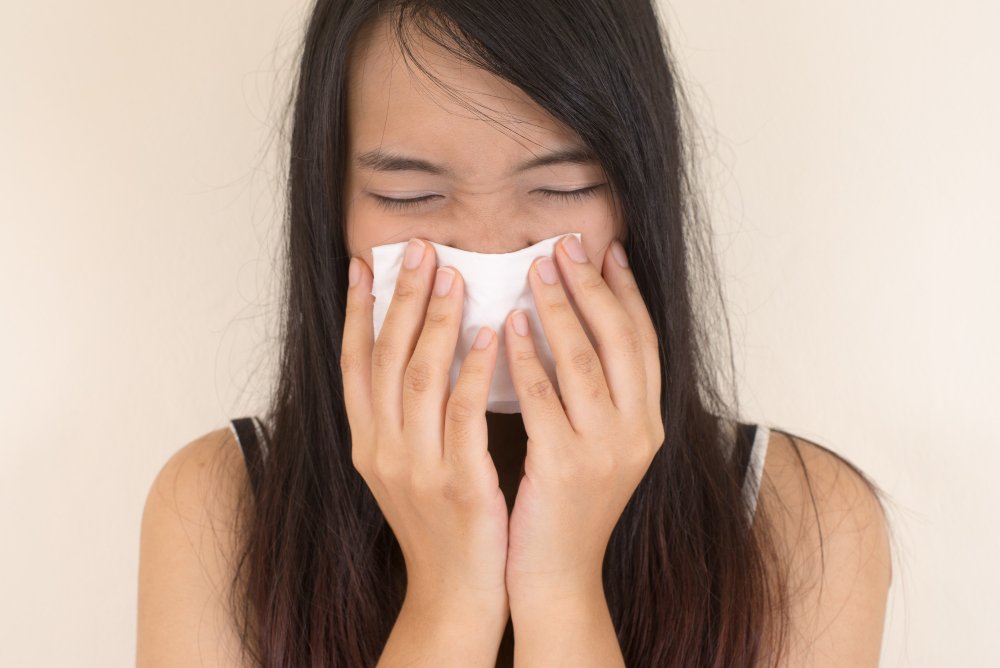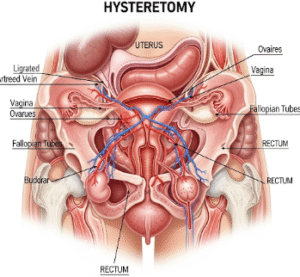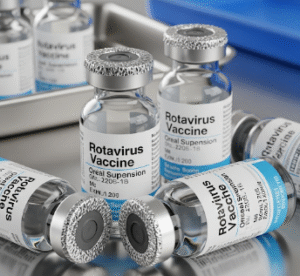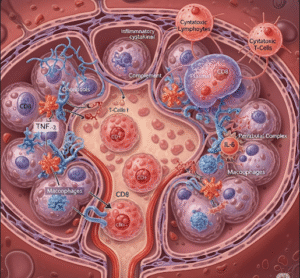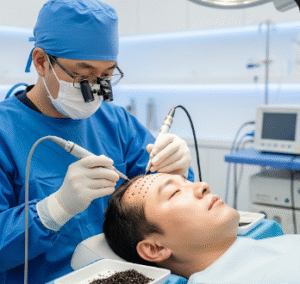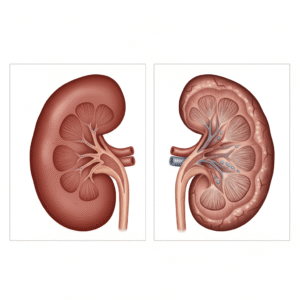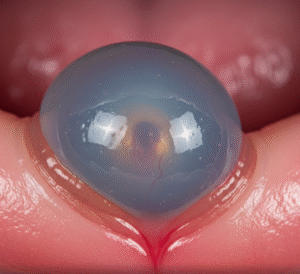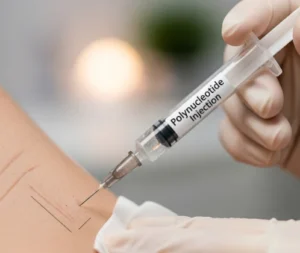Overview
Anhidrosis is a condition in which the body is unable to sweat normally. Since sweating is essential for cooling the body, people with anhidrosis are at risk of overheating, especially in hot or physically demanding environments. It may affect small areas (localized) or the entire body (generalized). Prompt diagnosis is important to prevent heat-related complications.
What is Anhidrosis?
Anhidrosis refers to the absence or severe reduction of sweat production. Sweat glands are controlled by the autonomic nervous system, and any damage to the nerves, skin, or sweat glands can impair this function. The condition can be congenital (present at birth) or acquired later in life due to injury, disease, or medications.
In some cases, the body may compensate by over-sweating in unaffected areas (compensatory hyperhidrosis).
Symptoms
- Little or no sweating, even during heat or exertion
- Flushing or overheating
- Dizziness or lightheadedness
- Muscle cramps or weakness
- Dry, itchy skin
- Heat exhaustion or heat stroke in severe cases
Causes
Anhidrosis can result from a variety of causes:
- Skin conditions – Burns, psoriasis, or scleroderma
- Neurological disorders – Diabetic neuropathy, Parkinson’s disease, Horner’s syndrome
- Medications – Anticholinergics, antidepressants, and opioids
- Genetic disorders – Congenital insensitivity to pain with anhidrosis (CIPA)
- Dehydration – Severe fluid loss may temporarily reduce sweating
- Autoimmune diseases – Such as Sjögren’s syndrome
Risk Factors
- Neurological illnesses
- Diabetes mellitus
- Certain medications (anticholinergics, tricyclic antidepressants)
- Skin injuries or infections
- Family history of inherited anhidrosis
Complications
- Heat exhaustion or heat stroke – Due to inability to regulate body temperature
- Organ damage – In extreme heat situations
- Exercise intolerance – Especially in hot weather
- Compensatory hyperhidrosis – Excessive sweating in unaffected areas
Prevention
- Avoid hot environments and stay in air-conditioned areas
- Stay well-hydrated
- Wear loose, breathable clothing
- Monitor medication side effects
- For people with underlying conditions, regular follow-up can help detect changes early.
Treatment Options in Korea
Korea provides specialized diagnostic and supportive care for anhidrosis through dermatology and neurology departments.
Diagnosis:
- Thermoregulatory Sweat Test (TST) – Measures how the body sweats under controlled heat
- QSART (Quantitative Sudomotor Axon Reflex Test) – Evaluates nerve-related sweat responses
- Skin biopsy – In some cases, to assess sweat gland structure
- Blood tests and imaging – To investigate underlying diseases
Treatment Approaches:
- Address Underlying Cause:
- Managing diabetes, autoimmune diseases, or stopping causative medications
- Skin Care:
- Use of moisturizers and barrier creams to maintain skin health
- Temperature Management:
- Use of cooling vests, fans, and cold packs during summer or exercise
- Lifestyle Counseling:
- Educating patients on how to avoid overheating and dehydration

